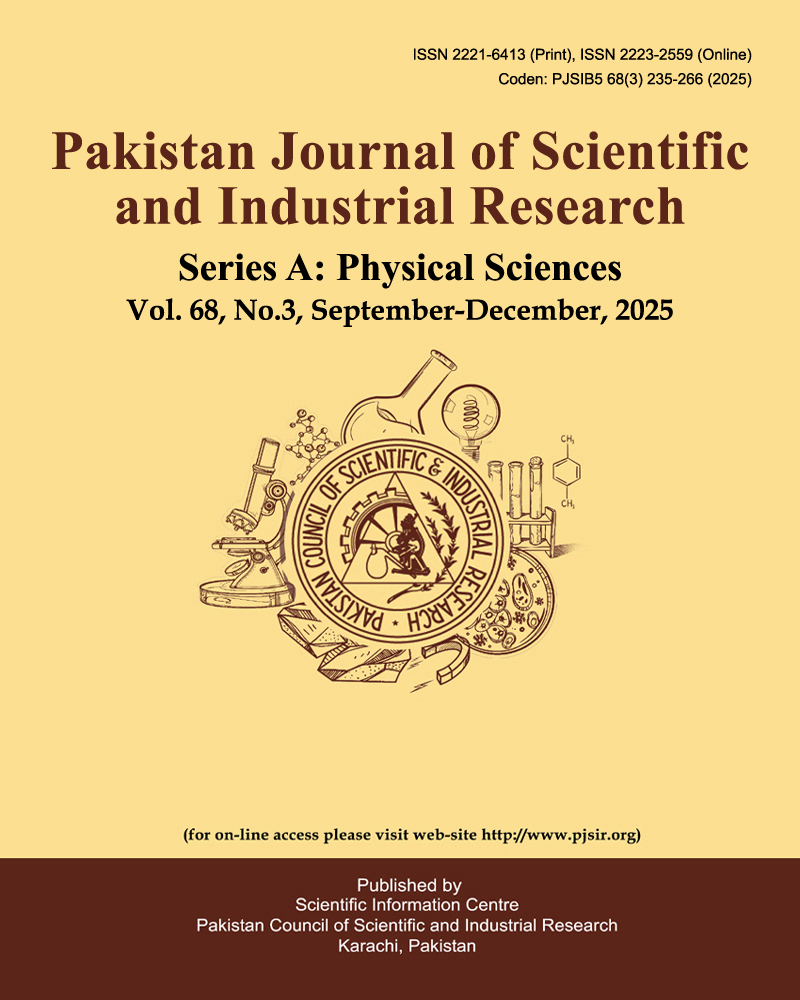Assessing the Spatio-Temporal Dynamics of Kumrat Forest Through Remote Sensing: A Comprehensive Land Use and Land Cover Analysis (1992-2019)
Dynamics of Kumrat Forest
Abstract
The northern forests of Pakistan, particularly in the Kumrat valley of Dir Kohistan have witnessed significant changes in land use and land cover due to the pressures of anthropogenic activity, population growth, urbanization and various agricultural and developmental processes. The current study focuses on the crucial task of assessing and monitoring these dynamic forest ecosystems for their protection, management and conservation. Utilizing high-resolution remotely sensed data, the research conducted an in-depth analysis of land use and land cover changes over a span of 27 years (1992-2019). High-resolution landsat satellite images from four key years (1992, 2001, 2012 and 2019) were acquired and meticulously classified into distinct land cover categories. Change detection mapping was performed by comparing the land cover maps of 1992 and 2019, further refined using validated google earth imagery. The current findings reveal that during the period, there was a notable 9.0% reduction in forested areas and a 7.7% decline in barren land. In contrast agricultural land and rangeland witnessed an increase of 4.8% and 7.2%, respectively, signifying changing land use patterns. Furthermore, the area covered by glaciers expanded by 4.7%, while the extent of water bodies remained unchanged. The overall classification accuracies for the years 1992, 2001, 2012 and 2019 were 73%, 74%, 70% and 70% respectively, with corresponding Kappa statistics ranging from 57% to 64%. These insights provide valuable information for forest planning and the formulation of effective conservation and management policies in the Kumrat valley and similar forested regions. Understanding the dpatio-temporal dynamics of land use and land cover is essential for sustaining these vital ecosystems and ensuring the long-term well-being of the environment and its inhabitants.


